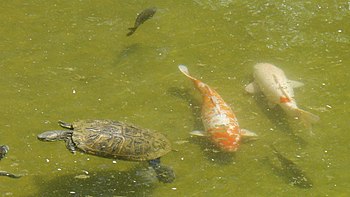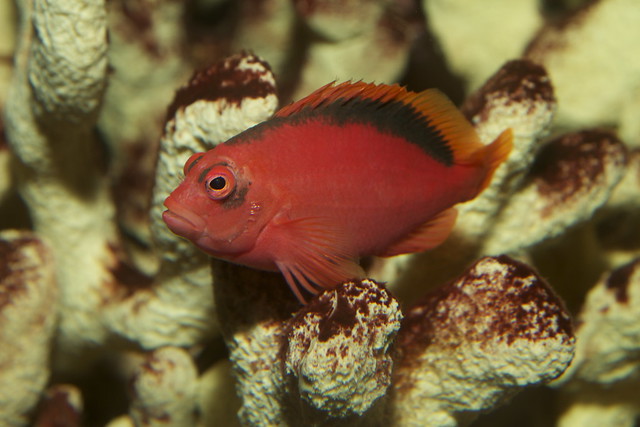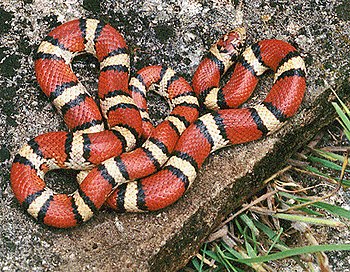 |
| Photo Wikipedia |
Reptiles are cold-blooded, unable to make their own body heat, which is why it is hard for them to move around if the temperature isn't right in their environment. Reptiles lay eggs to hatch their babies. Unlike human babies, which are dependent at birth, reptile babies are born ready to care for themselves.
A successful terrarium is set up with the proper heat source for temperature perfection. A thermostat will ensure the correct temperature at all times. Reptiles need a basking lamp to sunbathe and a light tube for ultraviolet rays.
It sounds expensive and complicated to a beginner, and it very well may be depending on what your idea of expensive is. But once your terrarium is set up, the biggest hurdle is being able to afford the proper food and bedding. The expense of bedding is reduced if you buy two pieces of indoor/outdoor carpeting to allow one to be cleaned while you use the other for your pet.
There are several ways to set up your terrarium, depending on the needs of your reptile. The desert terrarium will need coverage over the inside bottom floor. Most people choose sand or gravel for the desert appeal. Plants will add a hiding place for your reptile and helps increase the natural look and feel of their environment.
You must provide water even in a desert setting for three reasons---drinking, bathing, and moisture. Even in the desert a certain amount of water is necessary. It should be kept clean and accessible at all times for your pet's comfort and to ward off disease from unclean water. Sometimes a lizard or snake reptile will prefer a tropical forest terrarium setting. You'll have to make sure you regulate the day and night temperatures. Investing in some sort of timer will make this less of a chore and safer for your pet.
The tropical forest is kept damp at all times. Provide a layer of wood chips and maybe some moss to hold the moisture. Keep some sort of trees to allow your reptiles to climb among the branches.
Turtles and some snakes require a habitat that is part land and part water. You must purchase a heater designed to control the water temperature. Adding rocks allows the reptile access out of the water when needed. The rocks should be free of sharp edges to avoid injury to the reptile as it navigates through its home. Place a fluorescent light over the dry areas to allow sunbathing.
The last habitat choice is called a savanna. You can consider it a medium ground between the dry desert setting and the very humid tropical setting. It's also cooler than either and stays only slightly damp. Shady areas should be included for the pet's comfort. Plastic plants discourage the reptile from eating the scenery. Coarse gravel is allowed in the savanna setting.



















